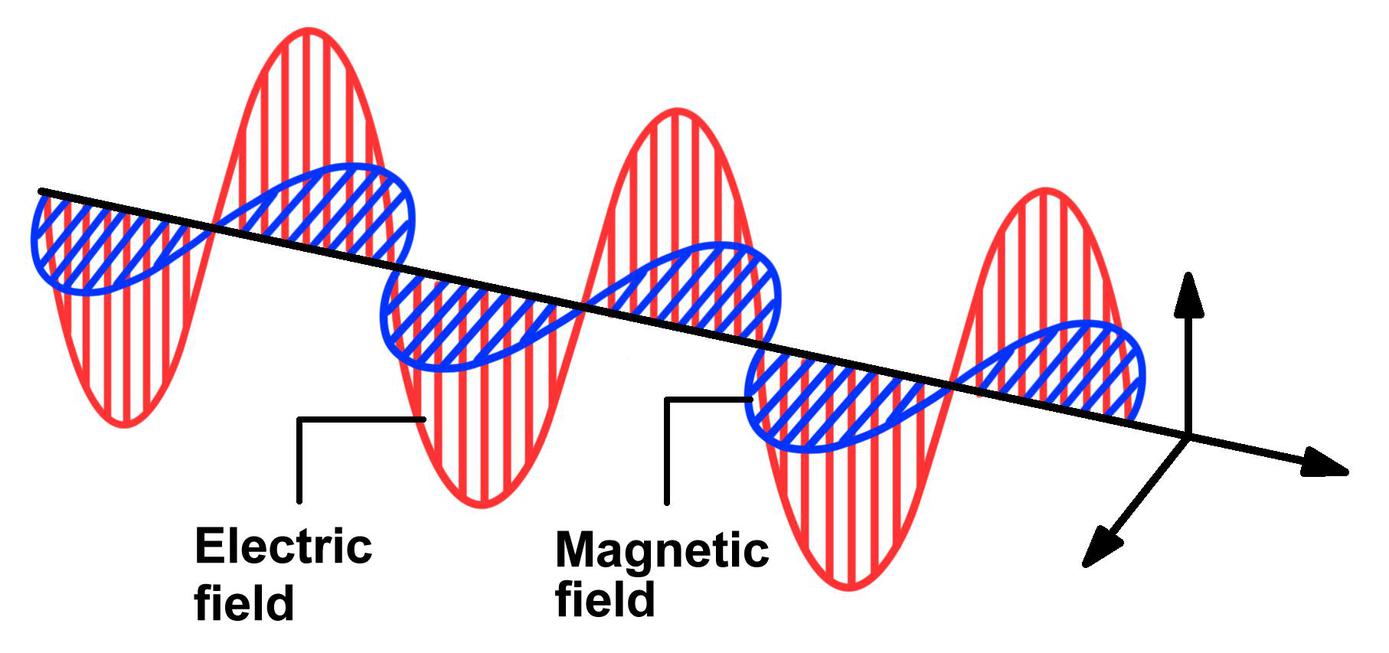Project Description
Learning objectives
Knowledge of guided and free space propagation problems, useful for planning telecommunication, radar, and remote sensing systems.
Course content
FIRST PART: GUIDED PROPAGATION Transmission lines: Equivalent circuit, basic equations, stationary waves, Smith Chart, 1 stub and 2 stub matching techniques. Guides: General properties of TEM, TE and TM waves. SECOND PART: FREE SPACE PROPAGATION Terrain effects: Reflection, Surface wave. The edge and mirror problems, Multiple edges. Propagation in urban areas: Wall effects. Large scale atmospheric refraction: Refraction index properties, Electromagnetic path bending, the duct problem, Effects on space links. Small scale atmospheric refraction. Elements of theory of perturbation. Application to troposcatter links. Scintillation. Molecular absorption in clear atmosphere: Water vapour and oxigen effects. Hydrometeors effects: Definitions of cross sections, Mie and Rayleigh approximations, attenuation due to clouds and fog, attenuation and crosspolarizatioon due to rain. Ionospheric propagation: Theory of ionospheric propagation, ionospheric reflection in terrestrial links, ionospheric effects in space links, the Faraday effect. The noise: Basic definitions, elements of emission theory, emission from sky, atmosphere, land, men made sources. Influence of propagation on systems: Fixed terrestrial links, space links, mobile links, radar systems.
Professor
0 credits
60 hours
0 year
Master Degree
0 semester

